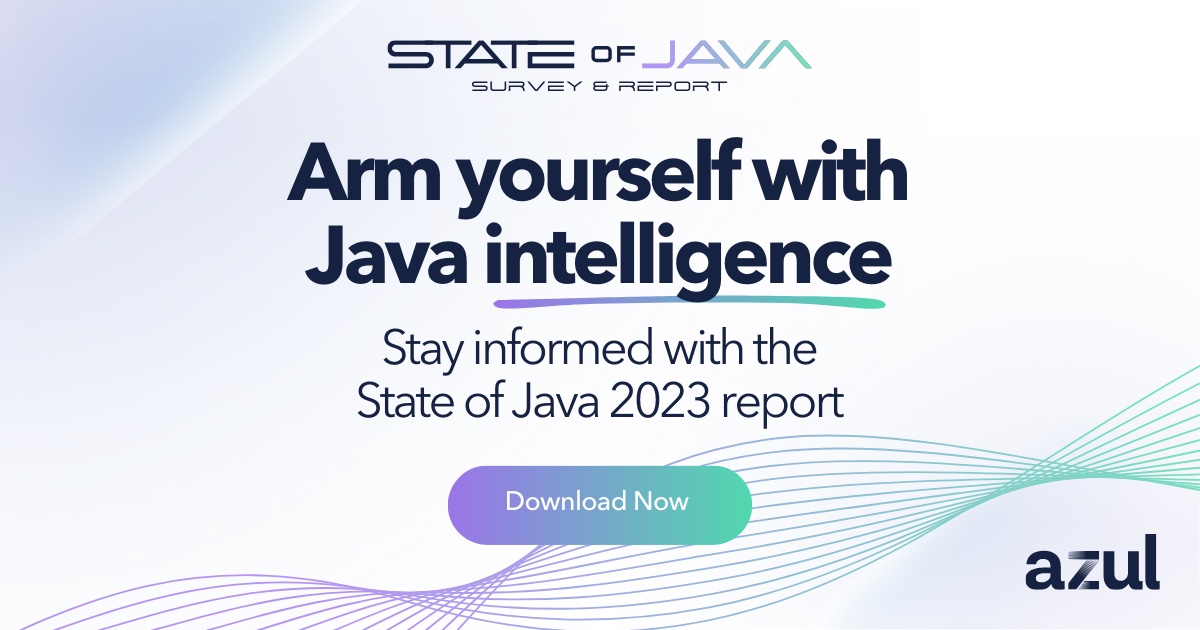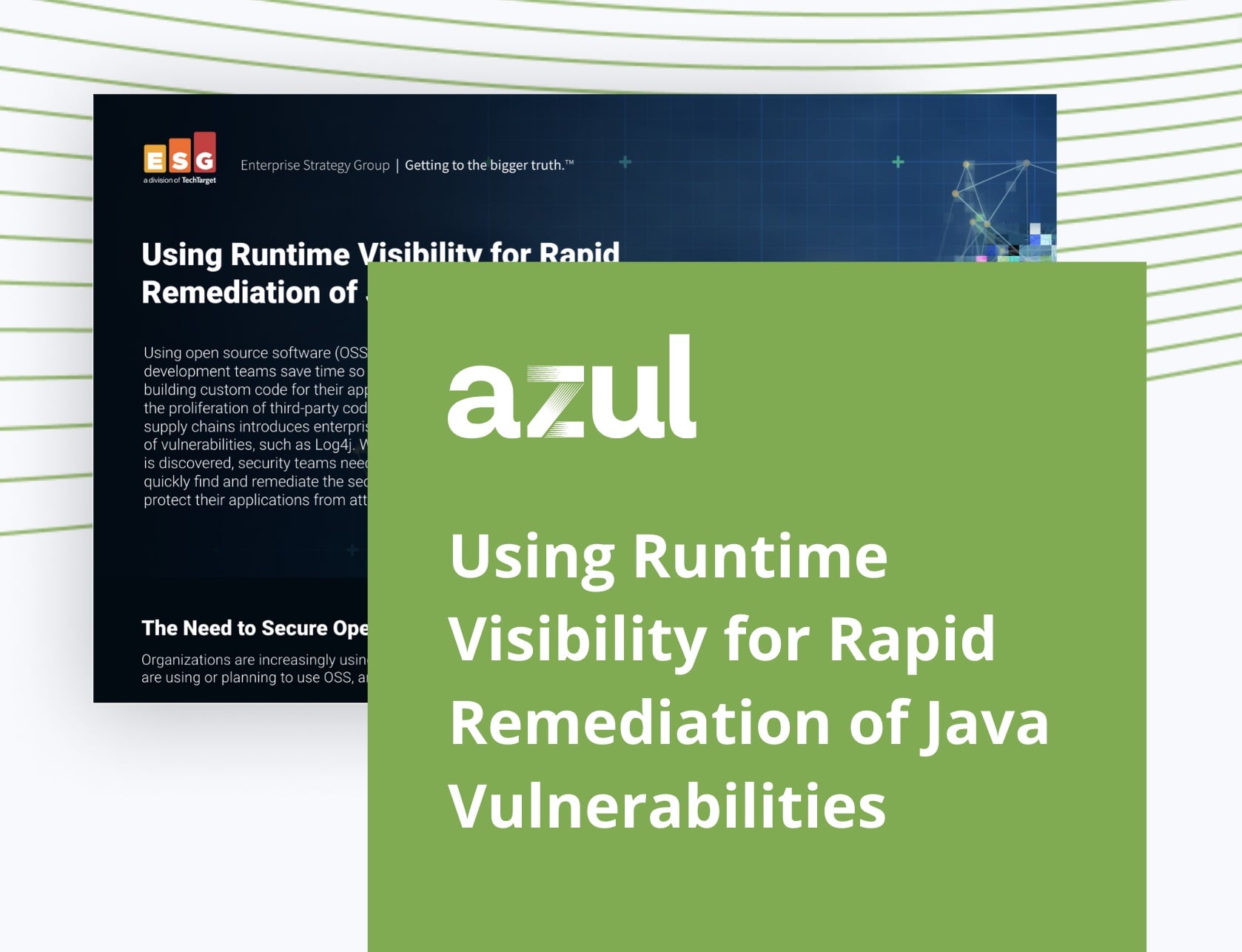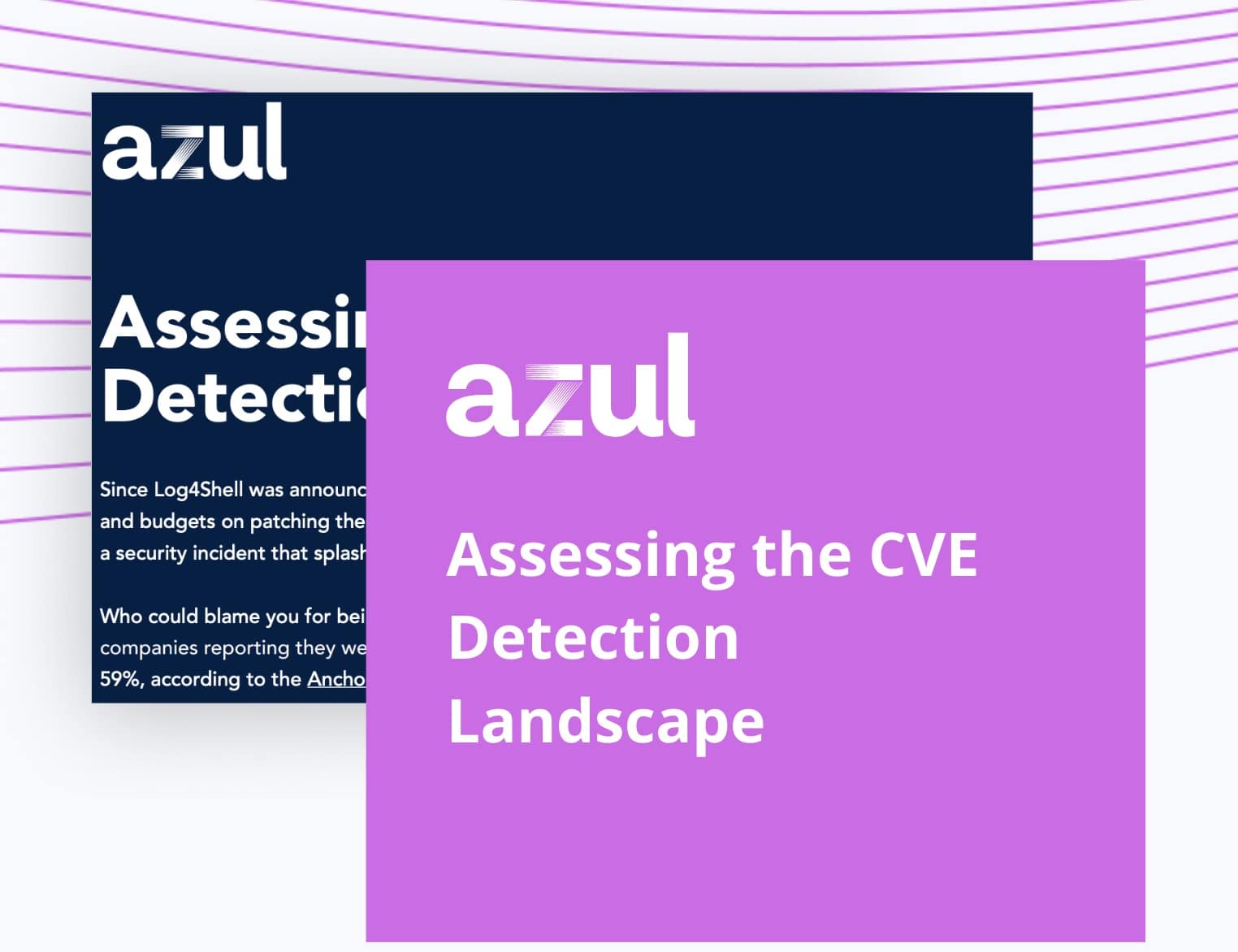What is Application Performance Management (APM)?
Application Performance Management (APM) is the process of monitoring and overseeing applications to ensure that they continuously meet performance expectations. APM involves observing the application’s availability, running general diagnostics, and locating inefficiencies. APM is an automated service that is run by an agent.
APM software continuously monitors runtime telemetry, sometimes completing a periodic series of evaluations at consistent intervals. APM tools often trigger alerts and notifications based on threshold levels of performance over time, for example when web server request latency exceeds a threshold of 100ms several times in a 3-minute span.
What are the advantages and disadvantages of application performance management?
APM software is beneficial to companies because it ensures applications are working properly, and this improved performance will in turn help optimize a company’s value creation. APM also has benefits for customer facing content, as these inefficiencies can be adjusted to improve user experience and user adoption. The improvements to application speed and accessibility can enhance the experiences of both customers and the organization’s internal users. Despite these performance enhancements, APM programs require an agent, which utilizes additional software components that are located in the application’s infrastructure. The agents require general maintenance and updates, which unnecessarily consumes time and slows performance. Although agents seek to decrease their performance impact, they can impact an application’s performance, sometimes impacting the ability to optimize performance by making methods too large to inline through their added instructions. They fall under the Observer Effect, where observing something with external measurement tools impacts the item being observed.
What is the role of application performance management in the cloud?
With the rise of cloud technology, infrastructure is now built with many interacting components, often coming from various third-party sources. This requires both management of complex architectures and larger oversight capabilities. It is important to evaluate how the infrastructure components interact, rather than just their individual performances in isolated testing environments. This management across various applications and complex architectures is known as observability.
What is the difference between application performance management and observability?
Despite differing from APM, observability is sometimes incorrectly used as an interchange term. APM is one aspect of observability, but observability examines the entire architecture, not just the individual applications. Observability is a process run continuously, which allows inefficiencies to be located at the point of use. This contrasts APM software, which combines APM details to produce a larger picture. Additionally, unlike APM software, observability optimizes performance using learned patterns, databases comparisons and historical detections. This approach allows observability to locate new opportunities for optimization. With the complexity of cloud infrastructures, observability is the optimal approach for evaluating application performance.
Beyond performance improvements, observability can also improve the security of cloud infrastructure. As noted above, cloud adoption has increased the use of third-party codes. Although third-party sources are useful for application development, without proper safeguards, this code may expose applications to potential vulnerabilities. After the announcement of Log4J, it became apparent that security monitoring is a critical component of managing applications and architectures.
Azul’s role in application performance management
Azul offers two products that help augment organizations’ APM strategies. Azul Platform Prime is the world’s only cloud native Java Virtual Machine (JVM) and is designed to boost the speed and scalability of Java deployments and reduce cloud costs by up to 50%. Azul’s JVM manages performance in production environments as Java is run. Secondly, Azul Vulnerability Detection is a new SaaS product that leverages Azul JVMs to provide organizations with a continuous understanding of their Java applications exposure to known vulnerabilities.
Azul Platform Prime improves the performance of Java-based applications and infrastructure while lowering cloud costs and Azul Vulnerability Detection brings necessary security oversight. Azul Vulnerability Detection analyzes code executed by Java applications running in production, has a low false positive rate, with no management or performance overhead. Security becomes an added result of running your Java code, without introducing a new piece of software into your application’s infrastructure.
Azul Vulnerability Detection
Continuously detect known vulnerabilities
in your Java applications in production.




